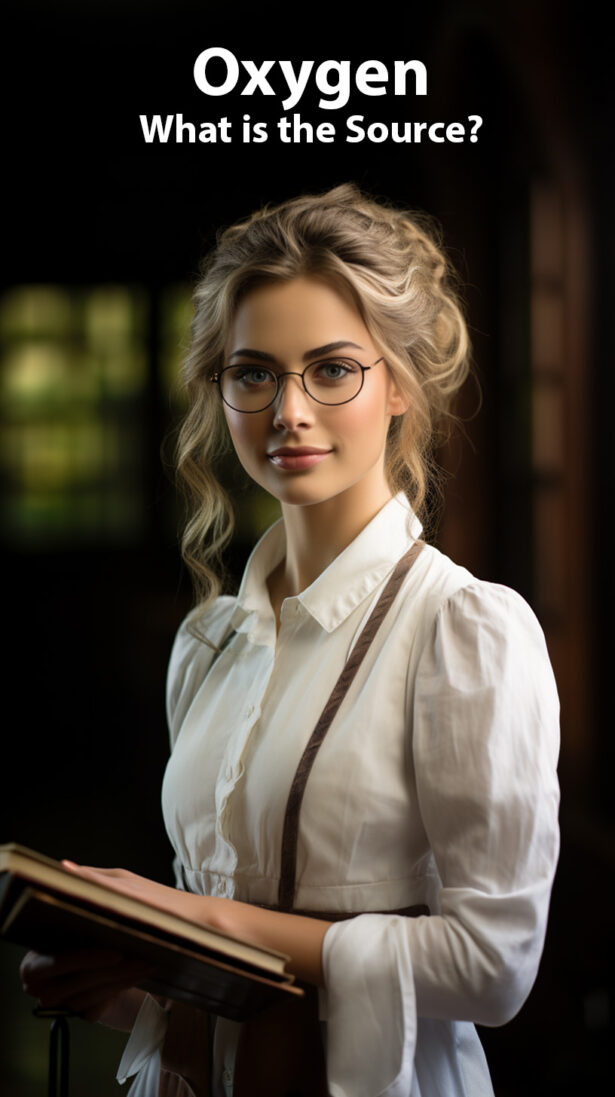Most people get the answer to this question wrong
Oxygen is essential for life on Earth for humans, animals, fish and even insects.
Plants also use oxygen at night when photosynthesis is not occurring.
You probably thought trees were the largest natural source of our oxygen, right?
While trees, grass and plants contribute to our oxygen supply, they are not the largest source.
Maybe you thought water evaporation was the answer?
No, that’s not the right answer either.
Evaporation doesn’t create oxygen, it’s only a change in state from liquid to gas.
But you are close by thinking of water.
If we look in the lakes and oceans, we can discover the source.
The answer is Phytoplankton, the algae living in oceans and lakes
around the world. Phytoplankton use photosynthesis in the same way plants convert sunlight and carbon dioxide into oxygen. Phytoplankton is estimated to produce 50 – 80 percent of the world’s oxygen.
But even more interesting:
There are many types of phytoplankton!
Some species are bioluminescent, meaning they can glow blue in the dark.
About 21% of our air is oxygen, and we breathe out carbon dioxide.
Can you comment on how much of our air is carbon dioxide?
The answer might surprise you.
#science
#inspiration
#instagram
#follow
#documentary
#space
#science
#learning
#instagood
#earth
Video footage: #Pixabay
Artistry: Jef Gray / #midjourneyart
Production: International Peace and Film Festival @intpeacefest










